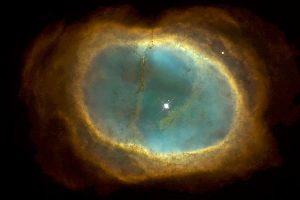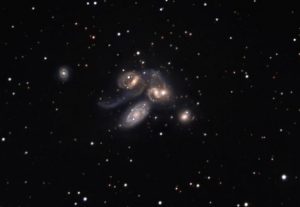NASA’s James Webb Telescope in partnership with ESA (European Space Agency) and CSA (Canadian Space Agency) will soon reveal unprecedented and detailed views of the universe, with the release of images first full color photo and spectral data coming soon.
Below is a list of the goals this telescope set for the first observations. The images will be published on social media as well as on the NASA website.
These goals and objectives were the beginning of Webb’s general scientific activities. They were selected by an international committee consisting of representatives from NASA, ESA, CSA and the Space Telescope Management Science Institute.
The Carina Nebula
The Carina Nebula is one of the largest and brightest nebulae in the sky, located about 7,600 light-years away in the southern constellation of Carina. These nebulae are stellar nurseries where stars form. The Carina Nebula is home to many massive stars, several times larger than the Sun.
WASP-96 b
Picture: © Sci-News.com.
Southern Ring Nebula
Picture: NASA, ESA
Also known as the “Eight Explosions” nebula, it is a planetary nebula – an expanding cloud of gas surrounding a dying star. It is nearly half a light-year in diameter and is located about 2,000 light-years from Earth.
Stephan’s Quintet
SMACS 0723
James Webb will use the galaxy SMACS 0723 to implement a technique called “gravitational lensing” to bend the light of the galaxies behind making it easier to obtain images.
The James Webb Space Telescope is the world’s leading space science observatory. Webb will solve the mysteries of our solar system, look beyond to distant worlds around other stars, and probe the mysterious structures and origins of the universe and our past. they. With such a long-range vision, James Webb is also known as the “timeless telescope.”



